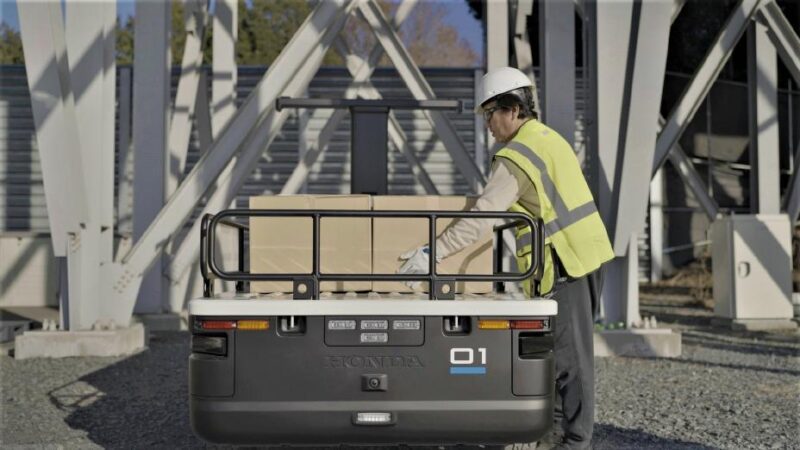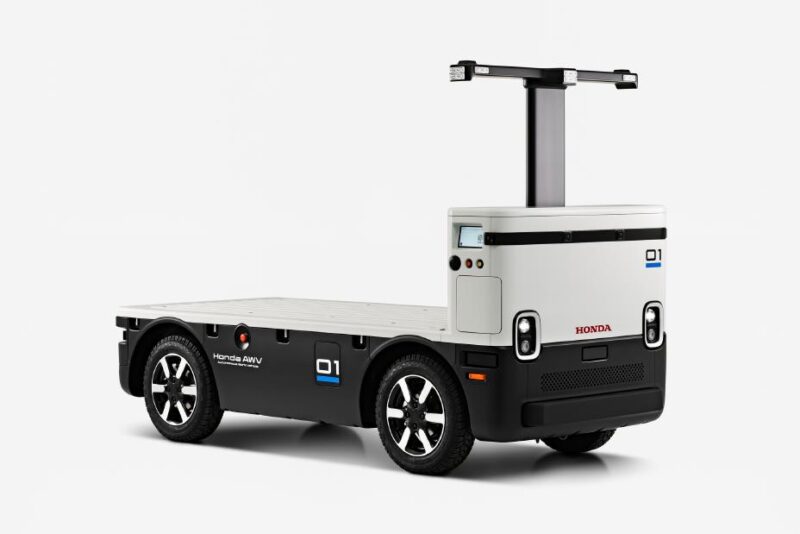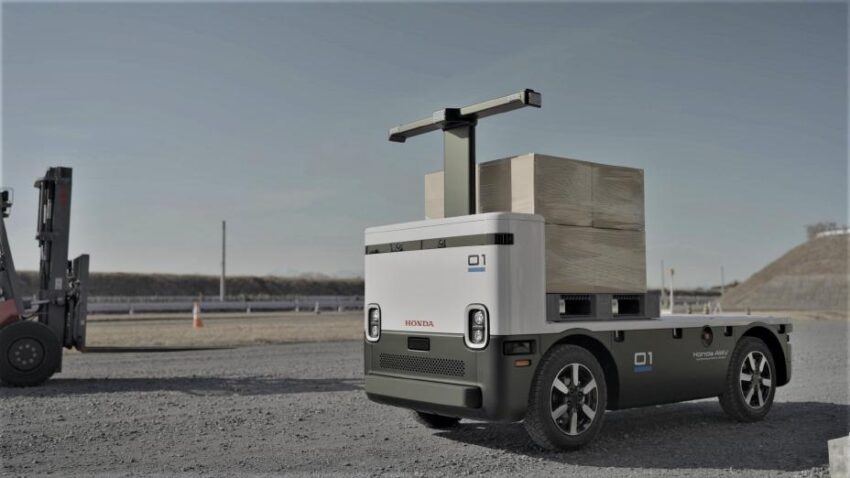Honda Reveals All-Electric Autonomous Work Vehicle Prototype
In the ever-changing world of autonomous technology, we look forward to seeing brands introduce the latest ideas. Whether it’s in the world of OPE, like autonomous lawn mowers, or something more large-scale like Tesla EVs, the industry is advancing more every year. Honda is introducing their newest electric autonomous work vehicle, and while it’s still a prototype, it shows what the brand is prioritizing as far as automated production. Let’s take a look at it to see what it could offer construction crews.
Honda Autonomous Work Vehicle Overview

- Loading capacity of 2000 pounds
- 2-pallet bed size
- Top speed of 10 MPH
- Autonomous or remote-controlled
- Up to 10 hours of runtime
- Enhanced vehicle avoidance technology
- Low bed for easier loading and improved ergonomics
This prototype is Honda’s third generation of AWV, offering several improvements over the first two iterations. It increases the bed size to 101 x 51 inches, or roughly 2 pallets, and gives it a greater loading capacity of 2000 pounds. It also adds increased runtime, for up to 10 hours of operation per charge.
Honda lowered the bed height to help workers load and unload equipment more easily, and to improve the vehicle’s ergonomics.
Also improved upon was the navigation technology, especially in areas with limited GNSS (global navigation satellite system) service. Additionally, it uses LiDAR sensors to locate and avoid objects in its view.

When in autonomous mode, this vehicle has a maximum top speed of 10 MPH. When it’s being controlled remotely, that top speed drops to 2.5 MPH. A turning radius of 11.4 feet helps the AWV navigate around tight corners. Honda says you can expect it to run for up to 28 miles per charge in ideal conditions.
Availability
Since this AWV is a prototype vehicle, there are no solid mass distribution plans at the time of writing. Honda is looking for partners to participate in field testing to improve its functions and enhance services as they aim to commercialize it in the future.



